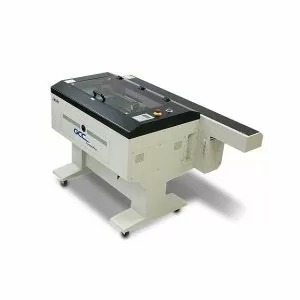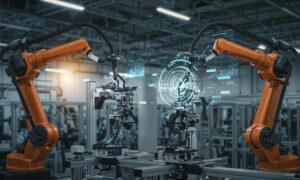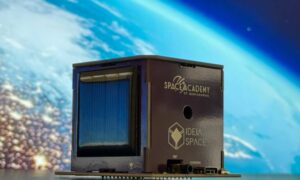In the manufacturing industry, precision, speed, and efficiency are the benchmarks against which your company is measured. At the forefront of this shift is laser cutting technology—a solution that continues to reshape how industries approach metal fabrication and custom manufacturing. From industrial applications to creative design, laser cutting machines are a versatile tool that meets modern production demands.
The Evolution of Laser Cutting Technology
Laser-cutting technology has come a long way since its initial adoption in the 1960s. Originally developed for cutting hard materials with extreme accuracy, these machines have seen major improvements in power, speed, and control. Modern systems now offer computer numerical control (CNC) integration, better energy efficiency, and reduced operational costs—making them a go-to solution for both large-scale manufacturers and small workshops.
Understanding Fiber Laser Cutting
Among the various types of laser cutters available today, fiber laser cutting stands out for its precision and efficiency. Using a fiber-optic delivery system and solid-state laser source, these machines can cut through metals like stainless steel, aluminum, and brass with remarkable speed and minimal material waste. Compared to CO₂ lasers, fiber lasers offer lower maintenance, faster processing times, and superior energy usage—making them ideal for high-volume production environments.
Applications of Laser Cutting Machines
The versatility of laser cutting machines allows them to handle everything from structural components to detailed engraving. Common applications include:
- Precision cutting of sheet metal for enclosures and parts
- Customized signage and display units
- Prototyping and product development
- High-volume parts manufacturing
- Decorative metalwork and artwork
Choosing the Right Metal Laser Cutting Machine
Selecting the right laser-cutting machine involves understanding both your material needs and production goals. Key factors to consider include:
- Material type and thickness
- Required cutting speed and volume
- The power level and cutting accuracy
- Software compatibility and ease of use
- Support and maintenance options
Whether you’re handling light fabrication or large-scale industrial production, choosing a machine that matches your workflow can lead to better results and improved ROI.
Innovative Uses of Laser Cutters in Various Industries
Industries such as automotive, aerospace, electronics, medical devices, and even fashion have found innovative applications for this technology. In the automotive sector, for instance, laser cutters are used to shape body panels and interior components. In electronics, they’re used for detailed circuit board designs, and in the medical field, for producing surgical tools and implantable devices with micron-level accuracy. Aerospace manufacturers rely on laser cutting for precision in lightweight components, while the fashion industry uses it for intricate textile patterns and rapid prototyping. The versatility and precision of laser cutting continue to drive innovation, enabling faster production cycles and reducing material waste across these diverse sectors.
The Future of Laser Cutting
The future of laser cutting is tied closely to advancements in automation, AI integration, and smart manufacturing. Machines are becoming more intelligent, with self-diagnostic capabilities and adaptive cutting strategies. As industries continue to demand faster production with tighter tolerances, expect laser cutting machines to play an even more significant part in digital manufacturing ecosystems. Integration with IoT systems will enable real-time monitoring and predictive maintenance, reducing downtime and increasing productivity. Additionally, improvements in energy efficiency and material utilization will make laser cutting more sustainable. As technology evolves, expect more compact, versatile machines suited for a wider range of industries and applications.



































